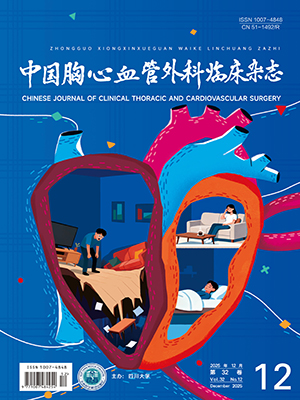Objective To use direct adherent method to induce human embryonic stem cells (hESCs) to become cardiomyocytes in vitro and examine their differentiation rate. Methods Undifferentiated hESCs were seeded onto Matrigel-coated plates at a density of 1×105 cells/cm2 and cultured in MEF-conditioned medium (MEF-CM) with 8 ng/ml basic fibroblast growth factor (bFGF) for 6 days. Then MEF-CM was replaced with RPMI 1640/B27 medium supplemented with 100 ng/ml human recombinant activin A for 24 hours in hESCs culture,followed by supplementation of 10 ng/ml human recombinant bone morphogenetic protein 4 (BMP4) for 4 days in hESCs culture. The medium was then replaced with RPMI 1640/B27 medium without supplementary cytokines,and hESCs were refed every 2-3 days for 2-3 additional weeks. Self-beating cardiomyocytes and the beating frequency were observed under the microscope,and the percentage of colonies showing beating cardiomyocytes was calculated. Cardiac troponin T (cTnT),a specific marker of cardiomyocytes,was examined by immunofluorescence. Spontaneous action potentials of cardiomyocytes were measured with patch clamp technique.Apoptotic rate of cardiomyocytes was detected with apoptosis-hoechst staining kit after beating cardiomyocytes were culturedunder hypoxia for 24 hours. Results A large number of spontaneous beating cardiomyocytes were observed 13 days after induction. The average time to show beating cardiomyocytes was 13.0±1.1 days after induction,the percentage of colonies showing beating cardiomyocytes was 66.7%,and the beating frequency of cardiomyocytes was 63.0±7.0 times/minutes. Beating cardiomyocytes were cTnT-positive. Spontaneous action potentials were detected in beating cardiomyocytes.Apoptotic rate of cardiomyocytes was 8.0%±0.5% after beating cardiomyocytes were cultured under hypoxia for 24 hours. Conclusion It’s the first time to use direct adherent method to induce hESCs to become cardiomyocytes in vitro in China with the differentiation rate of 66.7% and differentiation time of 13 days.
Citation: MU Junsheng,LI Xianshuai,YUAN Shumin,ZHANG Jianqun,BOPing.. Inducing Human Embryonic Stem Cells to Become Cardiomyocytes by Direct Adherence Method. Chinese Journal of Clinical Thoracic and Cardiovascular Surgery, 2013, 20(5): 564-569. doi: 10.7507/1007-4848.20130175 Copy
Copyright ? the editorial department of Chinese Journal of Clinical Thoracic and Cardiovascular Surgery of West China Medical Publisher. All rights reserved




